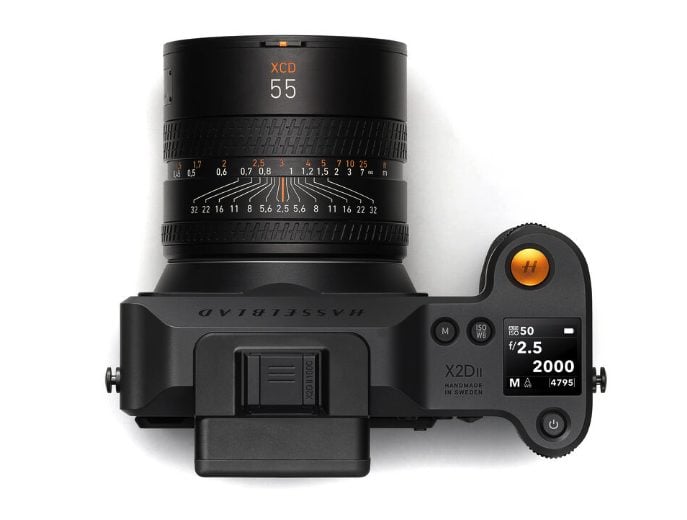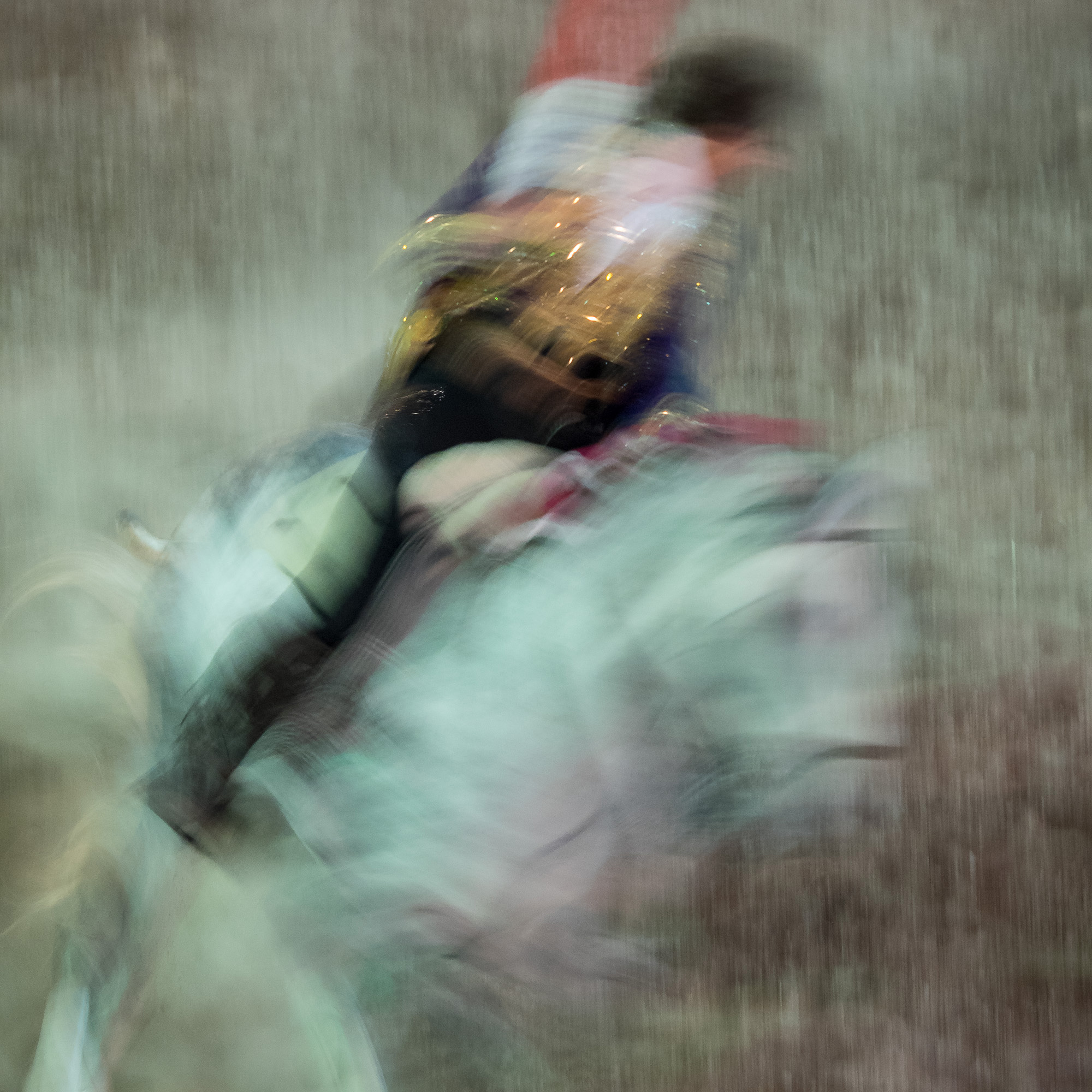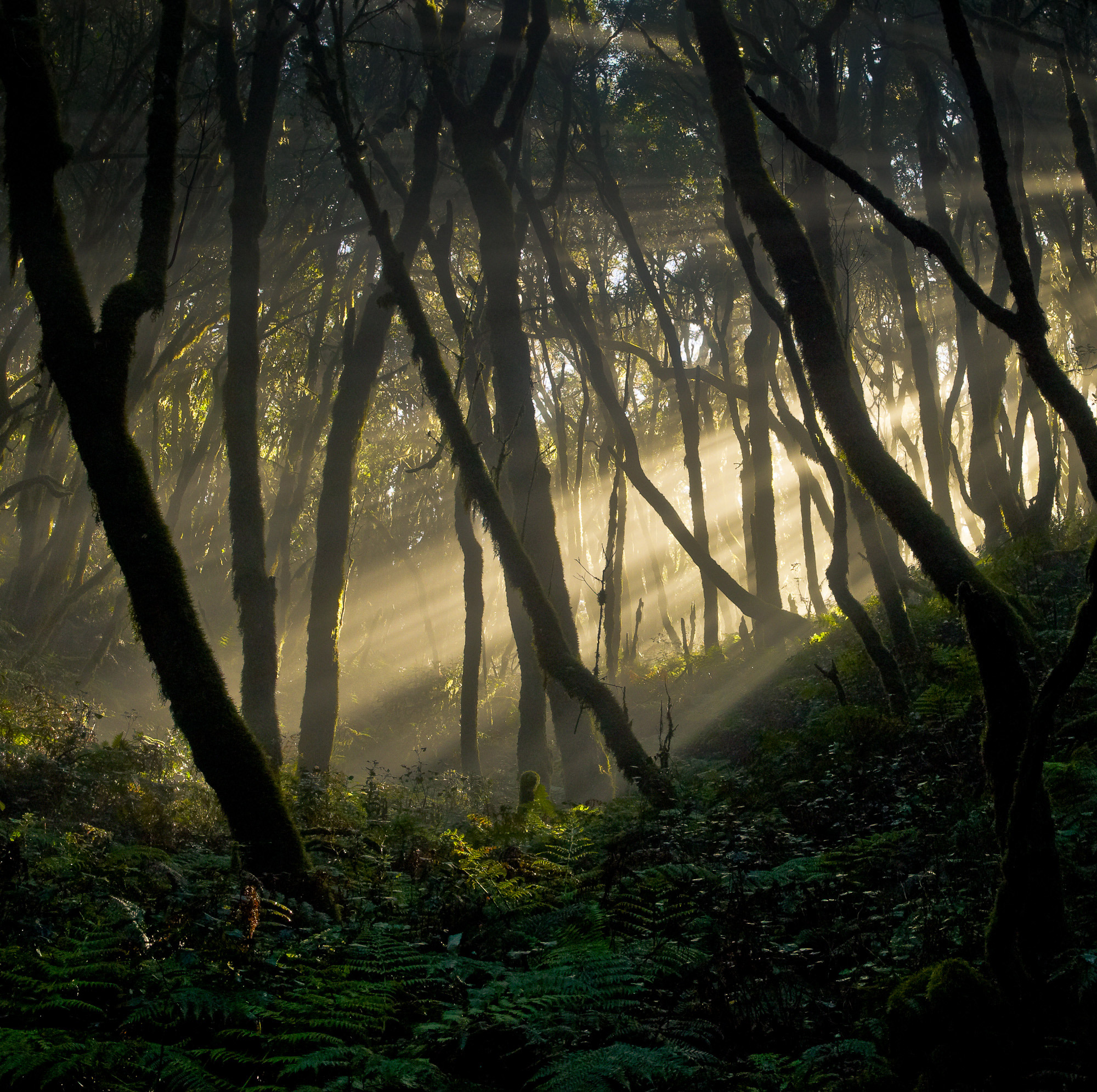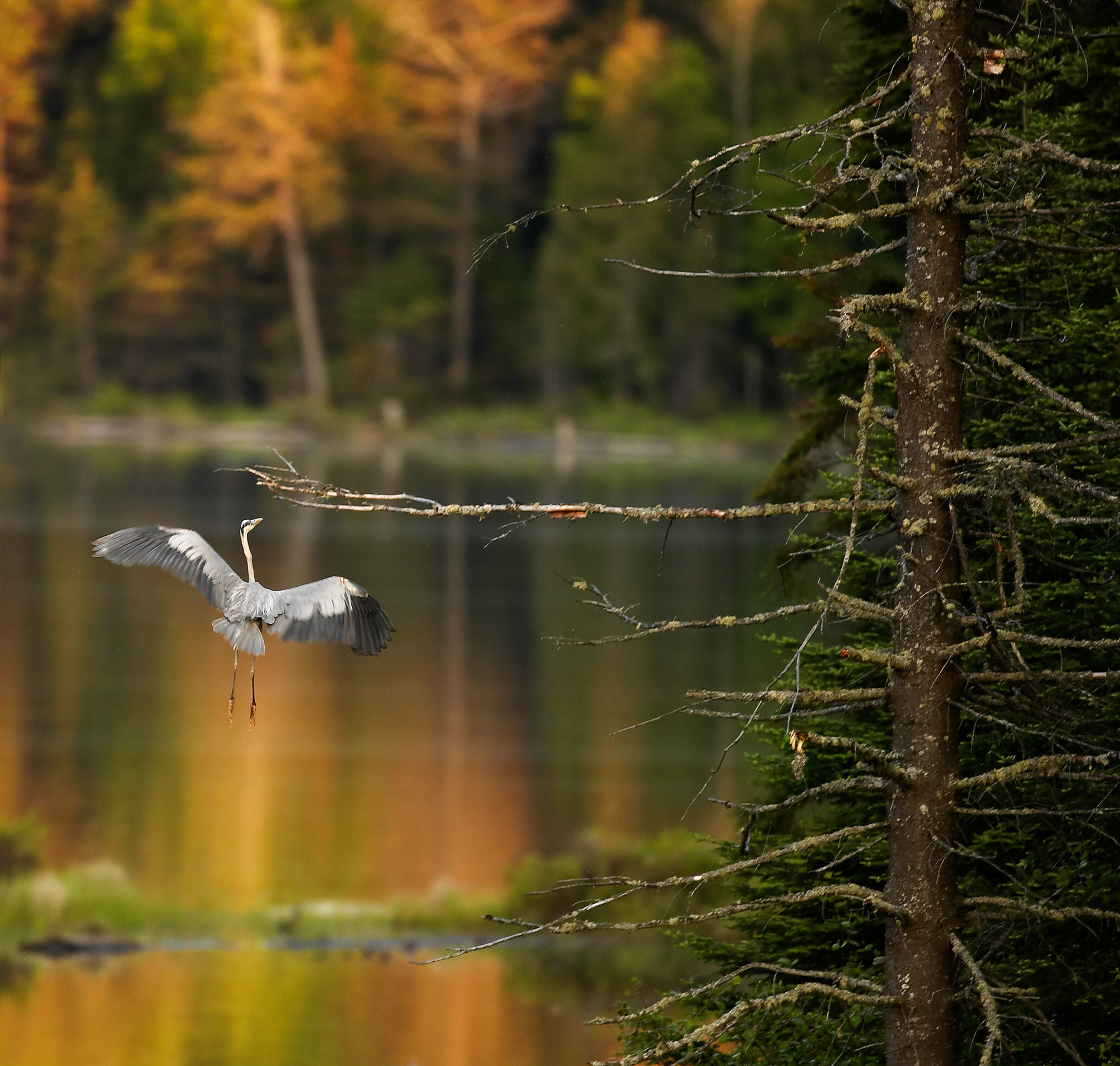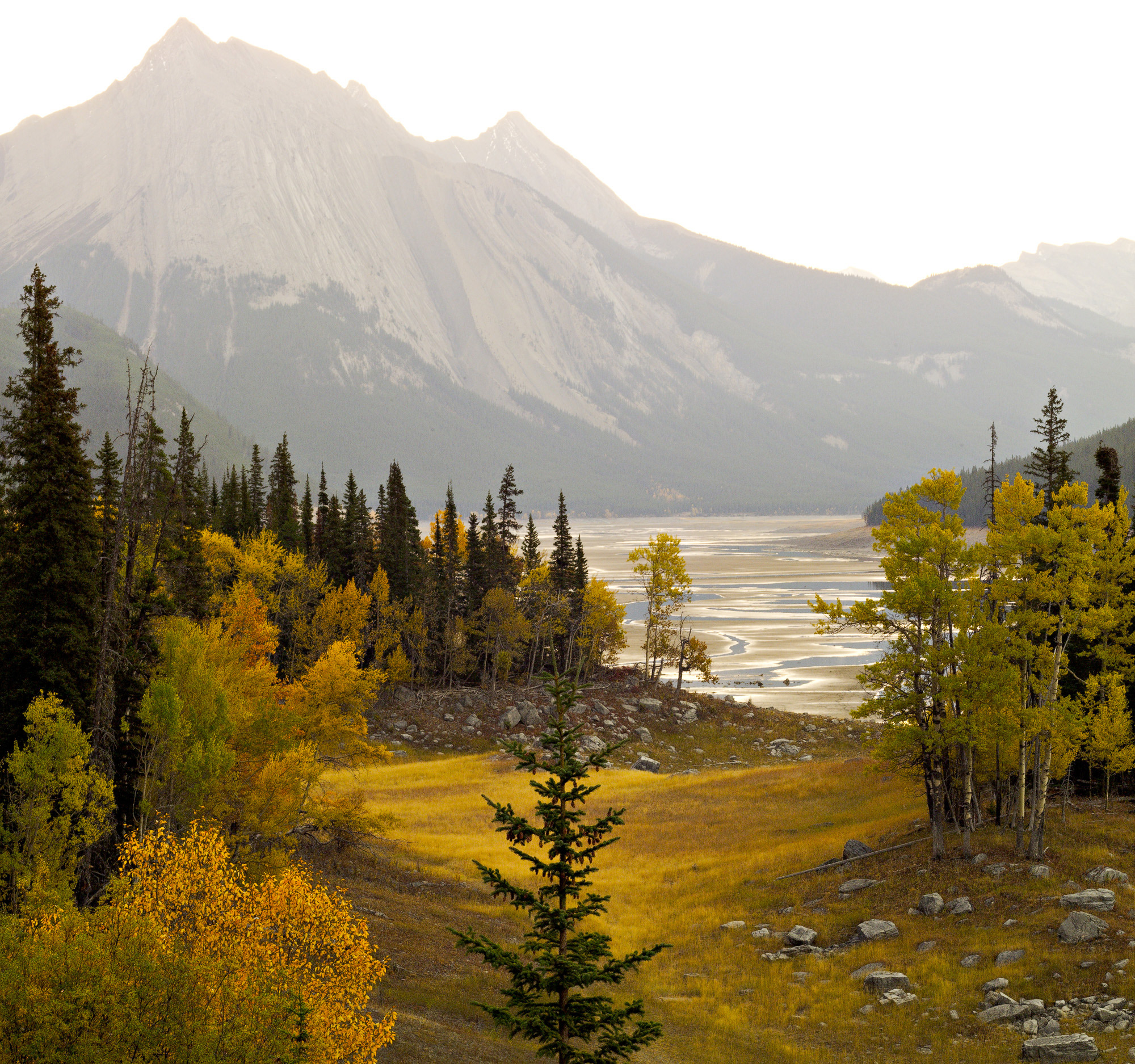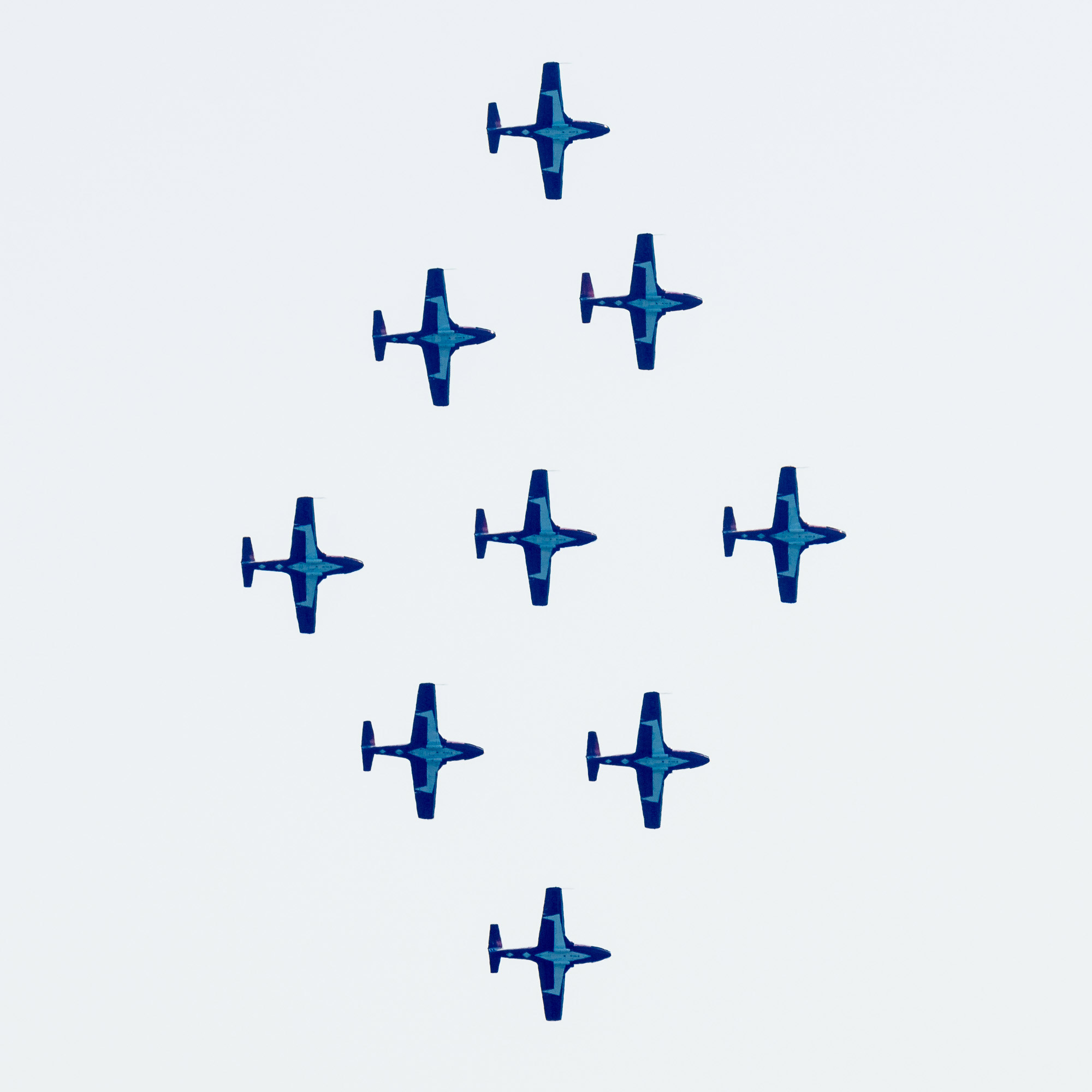Introduction
A Luminous Landscape member recently asked us a question we’ve been hearing more and more: “Can I use my Hasselblad 503CW lenses on the new X2D II 100C, and what are the real compromises beyond losing autofocus?”
It’s a great question for anyone sitting on a collection of legendary Zeiss V-system glass while thinking about getting Hasselblad’s latest 102-megapixel digital flagship.
Here’s what you need to know about bringing those vintage lenses into the digital era.
The Bridge Between Eras: Understanding the XV Adapter
Your pathway from the 503CW’s mechanical precision to the X2D’s digital sophistication is Hasselblad’s XV Lens Adapter – a beautifully machined piece of metal that maintains the exact 74.9mm flange distance your V-system lenses require.
At around $250, it’s the official solution that ensures your Zeiss glass sits precisely where it needs to for infinity focus. This adapter is compatible with C, CB, CF, CFI, CFE, F and FE-type lenses and must be used in conjunction with the X1D-50c’s electronic shutter function as no leaf shutter control is possible.
The adapter is purely mechanical – no electronic contacts, no communication between lens and body. Think of it as a precision spacer that happens to have bayonet mounts on both ends. Once clicked into place, your vintage lens becomes part of the modern 102-megapixel imaging system.
What Works Brilliantly for Landscape Photography
Optical Excellence Where It Matters
Here’s something that might surprise you: your V-system lenses were designed to cover a 56×56mm image area, while the X2D’s sensor measures just 44×33mm. This means you’re using only the sweet spot of your lens’s image circle – the sharpest, most evenly illuminated central portion. Those edge softness issues that might have shown up on 6×6 film? They’re cropped out entirely.
For landscape work, this is fantastic news. Your 50mm Distagon, 80mm Planar, or whatever glass you own will deliver edge-to-edge sharpness that rivals modern XCD lenses in many situations. The legendary Zeiss T* coatings still control flare beautifully, maintaining contrast even when shooting into challenging light.
Crop Factor
The crop factor for adapting a 6×6 film Hasselblad lens (6×6 = 56mm x 56mm, diagonal about 79.2mm) to the Hasselblad XD/X2D 44x33mm digital sensor (diagonal about 54.8mm) is approximately 1.44. So your existing lenses will seem longer on the smaller sensor.
- To calculate: Crop Factor=79.2/54.8≈1.44. Crop Factor=54.879.2≈1.44
- This means a 100mm lens on 6×6 will give the same field of view as a 144mm lens on the smaller digital sensor.
- To find the equivalent focal length on the smaller digital sensor, simply multiply the lens focal length by 1.44.
- For example:
- 50mm lens ≈ 72mm digital FOV
- 100mm lens ≈ 144mm digital FOV
- 150mm lens ≈ 216mm digital FOV
- 180mm lens ≈ 259mm digital FOV
The Deliberate Pace Advantage
Landscape photography rewards patience, and the manual operation of V-system lenses naturally enforces a methodical approach. You’ll find yourself considering each composition more carefully, checking focus with the X2D’s excellent focus peaking and 5.76-million-dot EVF magnification. The camera’s built-in level and histogram remain fully functional, giving you modern exposure tools with classic glass.


Critical Compromises You Need to Accept
The Electronic Shutter Reality
Here’s the first major catch: the X2D has no mechanical focal-plane shutter, only its sensor-based electronic shutter. Your V-system lens’s leaf shutter won’t be triggered by the camera body, so you’ll need to lock it open (set CF lenses to “F” mode or hold the shutter open). This means:
- Rolling shutter effects become a real concern. That gracefully swaying tree branch? It might render with an unnatural bend. Moving clouds during long exposures could create strange artifacts.
- No flash synchronization whatsoever. The X2D’s electronic shutter cannot sync with strobes when using adapted lenses. For landscape work, this might not matter. For portrait work, it’s a significant limitation.
- Flickering artificial lights (like certain LEDs) can create banding across your image.
Manual Everything, Every Time
You’ll be working in full manual mode or aperture priority at best:
- Focus is entirely manual with no confirmation beep or indicator
- Aperture must be set on the lens and stays physically stopped down while shooting
- No EXIF lens data – the camera has no idea what lens or aperture you’re using
The Stop-Down Workflow
Unlike the 503CW where the mirror mechanism automatically stops down the lens at capture, on the X2D you’ll need to:
- Open the aperture fully for focusing (bright viewfinder image)
- Manually stop down to your shooting aperture
- The EVF compensates for brightness, but at f/16 or f/22, you might notice increased noise in the viewfinder
- Take your shot
Forget to stop down? Your landscape that needed f/11 for depth of field just got shot at f/2.8.
Portrait Photography: Where Things Get Interesting
The Good News
Your V-system portrait lenses – perhaps a 150mm Sonnar or 120mm Makro-Planar – will produce stunning results on the X2D. The rendering these lenses are famous for (smooth bokeh, gentle focus transitions) translates beautifully to digital. The X2D’s incredible resolution captures every nuance of skin texture and micro-contrast these lenses deliver.
The EVF makes manual focusing surprisingly manageable for portraits. Unlike the 503CW’s ground glass, you can magnify the view 100% and use focus peaking to nail critical focus on the eyes, even at wide open apertures.
The Challenging Reality
Without flash sync, you’re limited to continuous lighting or natural light for portraits. This is perhaps the biggest limitation for portrait work. Your beautiful leaf shutter that could sync at any speed up to 1/500s now doesn’t work.
The manual aperture means no quick adjustments during a session. Want to quickly shift from f/2.8 to f/5.6 for a group shot? You’ll need to physically turn the aperture ring, potentially breaking eye contact and flow with your subjects.
Real-World Workflow Considerations
Supporting the Weight
V-system lenses are heavy. A 150mm Sonnar weighs over a kilogram, and without electronic contacts, all that weight hangs from the mechanical mount. Consider:
- Always support the lens with your left hand
- Use a tripod collar if your lens has one
- Consider a lens support bracket for tripod work with longer lenses
- The camera strap mount point becomes heavily stressed with big glass
Battery Life Impact
The X2D must keep its sensor powered continuously for the electronic shutter, and the EVF runs constantly for manual focus assistance. Expect significantly reduced battery life compared to using native XCD lenses – perhaps 30-40% fewer shots per charge.
Image Quality Reality Check
Your V-system lenses will produce excellent results, but they won’t match modern XCD glass in every metric:
- Corner sharpness at wide apertures MAY be softer than current designs
- Chromatic aberration might be more pronounced, especially with older telephoto designs
- Micro-contrast won’t quite match lenses computed for digital sensors
- Resolution – while very good, these lenses weren’t optimized for 102 megapixels
That said, many photographers prefer the rendering of classic Zeiss glass. There’s a certain dimensionality and character that’s difficult to quantify but immediately recognizable.
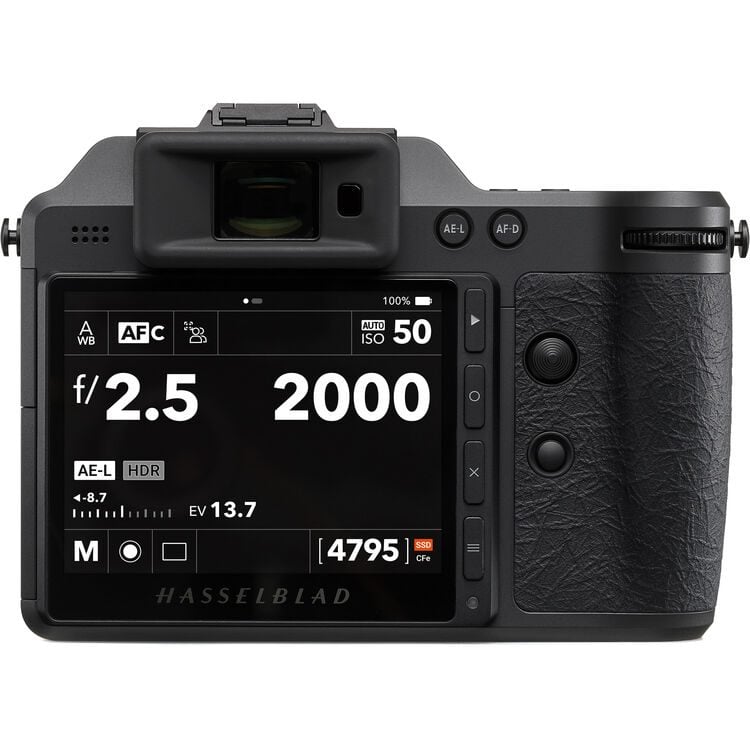

Making the Decision
Landscape Photography Verdict
For landscape work, adapting your V-system lenses makes a lot of sense. The compromises (no flash, electronic shutter) rarely impact this genre. The deliberate pace suits tripod work, and the image quality from stopped-down Zeiss glass on that 102MP sensor can be spectacular. You’re essentially getting multiple focal lengths at the cost of one adapter.
Portrait Photography Verdict
For portraits, the situation is more nuanced. If you work exclusively with natural light or continuous lighting, and you appreciate the unique rendering of classic glass, it’s worth exploring. But if flash is integral to your portrait style, or you need the responsiveness of modern autofocus for capturing fleeting expressions, you’ll find the adapted setup frustrating.
Practical Recommendations
If you decide to adapt:
- Start with one lens you know well to learn the workflow
- Budget for extra batteries – you’ll need them
- Master the EVF tools – focus peaking and magnification are essential
- Create lens profiles in post-processing for chromatic aberration and vignetting
- Consider the native XCD 90mm or 55mm for portrait work where autofocus matters
- Keep detailed notes about which lens and aperture you used for each shot
The Bottom Line
Your V-system lenses absolutely can work on the X2D 100C, delivering image quality that might surprise you. For landscape photography, where the pace is measured and flash sync irrelevant, it’s a compelling combination that uses your existing lens investment. For portraits, success depends entirely on your working style and tolerance for manual operation.
Have thoughts about adapting your classic 503CW lenses to the X2D II 100C? Join the conversation and share your experiences in our forum: https://forum.luminous-landscape.com/index.php?topic=145130.0



